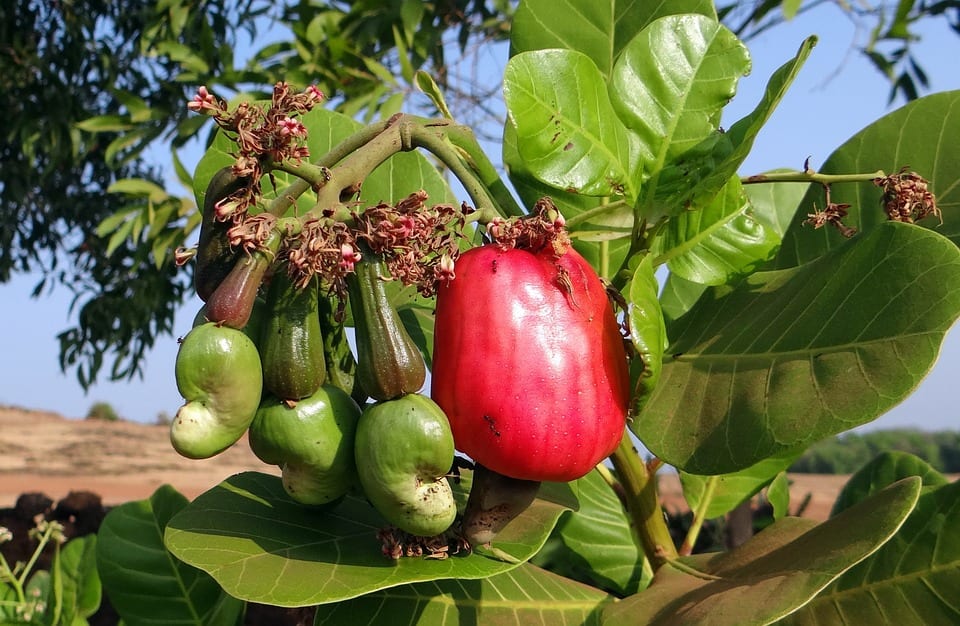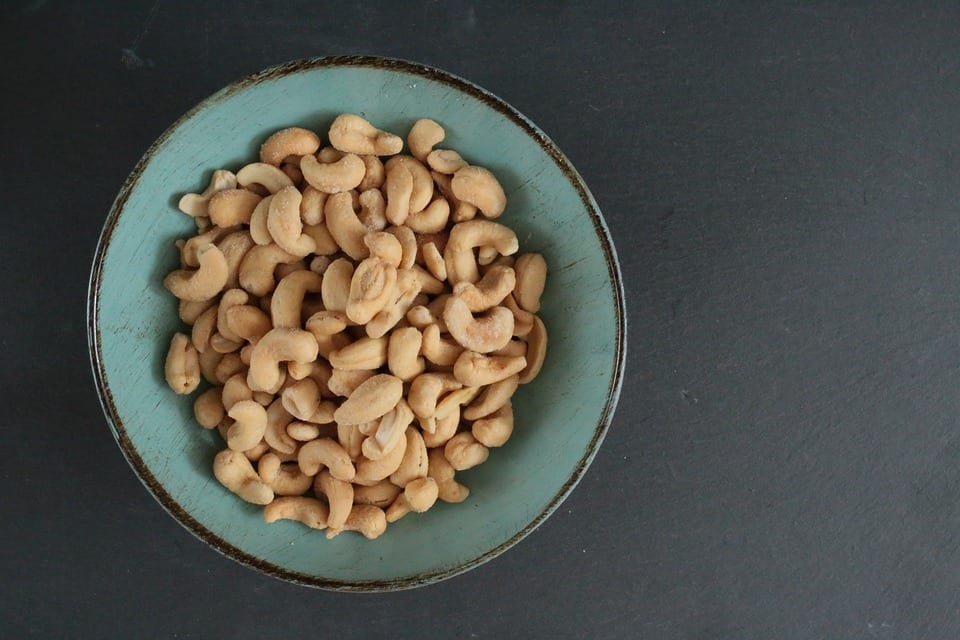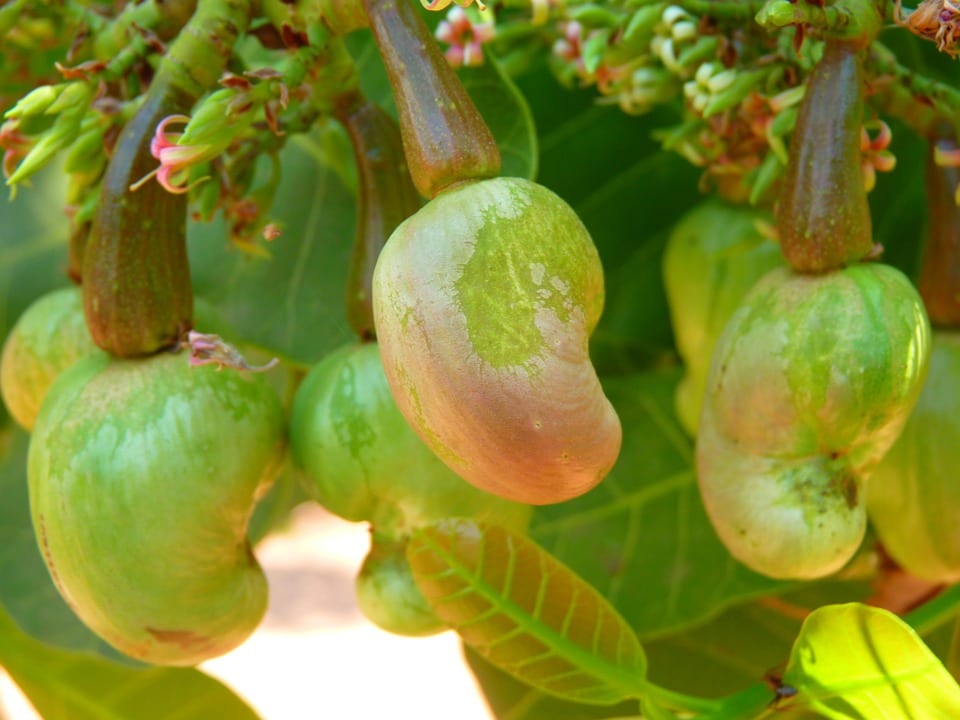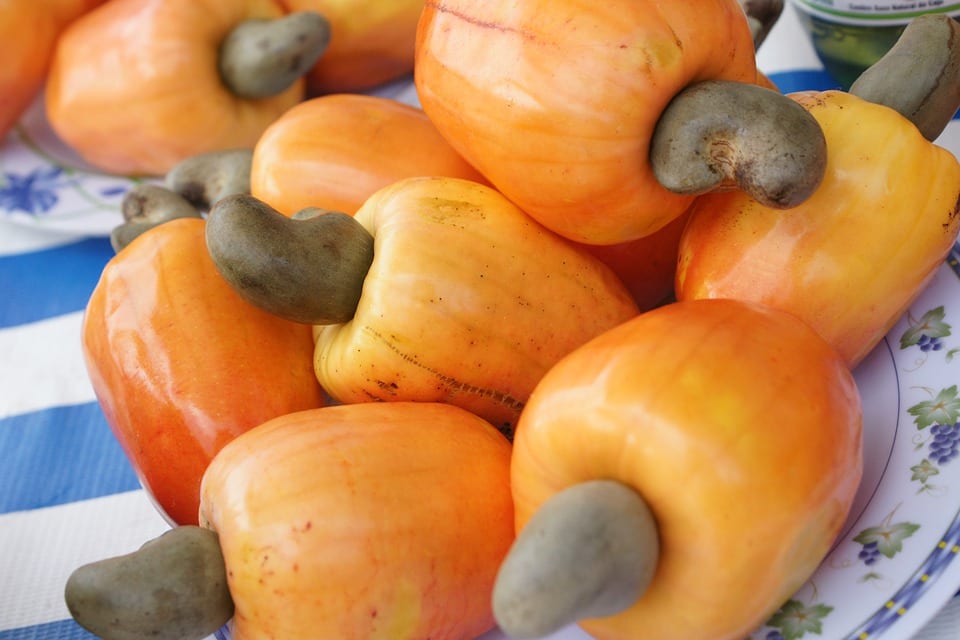Cashews are one of the most cultivated nuts in India due to its ever-increasing demand. The nuts that came from Brazil has its place in every Indian’s heart. Cashew nuts are loved and appreciated by people of all age groups and it also holds a nutritional value that is important for the health.
Apart from seeing as a healthy food option, cashew nuts also get consumed as a snack in India in various forms such as salted cashew nuts, spicy cashew nuts, roasted cashews, etc. It is a known fact that the production of cashews is more in India as compared to the other nuts. It also provides a large range of business opportunities due to the increased demand in the market.
The import and export of cashew nuts are also a very interesting business plan because the consumption of cashews in the different parts of the world is noteworthy. And that is why cashew farming is a booming business in India.
Cashew Farming or Commercial cultivation of cashews has been a significant part of farming in different states of India. It is evident in Goa, Odisha, Maharashtra, West Bengal, Kerala, Karnataka, Tamil Nadu, and Andhra Pradesh.

Contents
Climatic Conditions for Cashew plantation
Cashew farming is carried out usually at high temperatures. Mild summers are a great time to do the farming of cashews. Prolonged exposure to low temperatures can cause the young plants to frost. On the other hand, exposure to a temperature above 35 degrees Celsius for a long period of time can affect the fruit retention.
The ideal condition for cashew farming is the temperature in the range of 20 degrees Celsius to 30 degrees Celsius. Along with this, the area with precipitation of 1000 to 2000 mm is considered ideal for cashew farming. Cashew cultivation needs at least three to four months to produce cashews.
Selection of Soil
The selection of soil should be done very carefully because it can affect production. An interesting fact about cashews is that they can be grown even in poor soils, however, if the soil is of good quality then the production and quality are more likely to increase.
Cashew farming is done best on sandy soils. The soil should be well-drained and however it could face the mineral deficiencies but that could be added additionally. Clay soils with alkaline pH are not suitable for cashew production. Cashew farming needs a slightly acidic pH for production.
The best kind of soil for cashew plantation are coastal sands, lateritic soils, and red sandy loams with a pH slightly less than 7.
Commercial Land for Cashew Plantation
Cashew farming will need you to have a commercial unit for the cultivation. The area for cashew plantation first needs to be plowed and then leveled. The cost of commercial land for cashew production depends on the area and location.
The land needs to be prepared before the farming of the crop. The ideal time for the preparation of land is from May to June. It is also the time when digging up the holes for seedling transfer should be done. You need to dig the holes up to 60cm x 60cm x 60cm.
In order to set up a commercial land for the purpose of agriculture, you will need to acquire the agricultural license provided by the government. 
The procedure of Cashew Plantation Crop
For the plantation of the crop, the first thing you are gig to need is the seed. To check whether the seeds are good for planting or not you need to put them in a container of water, then check for the seeds to sink. The seeds that sank are good to go.
Then after this, the selected seeds should be placed upright in a small container or bag which is filled with loose soil as mentioned above. After the seeds are started to grow in the container they should be transferred in the planting land.
While selecting the container for seeds planting to make sure it is about 350 to 400 mm long because the roots of cashews grow at a faster rate.
Area for Plantation
The area of plantation basically depends on the production scale. The planting space for your cashew farming is recommended to be of 8 m x 5 m. The growth of cashew trees happens at a fast rate so when the trees’ branches start colliding with each other the alternate row should be removed. This is more likely to happen in the 3 years of the plantation of trees.
Grafting Method of Cashew Plants
The grafting of cashew plants is done in two different ways, the first is side grafting and the other one is wedge grafting. Wedge grafting means the grafting of the healthy branch of one tree and then it gets transferred to another plant for desirable results.
On the other hand, side grafting refers to the technique where the scion has attached to the side of the branch as well as the aerials heads that permit it to grow.
Grafting should be done within 3 to 4 months of plantation and later that it must be transferred to an orchard, this will help the taproot in being straight.

Cashew Seedlings
The cashew seedlings should be placed under a shade, the process of transferring of the seedlings should be done at a proper age of the plants as well as the plants need to be taken care of for a significant amount of time. The plants should not be disturbed at this age especially the root area. If you disturb the root area, the plant will not provide good results.
Mulching Requirement
Mulching is defined as the process in which the topsoil is covered with various materials and organic matter, this helps in preventing the erosion of the soil. The process of mulching is necessary for cashew production as the cashew production is done on wasteland where the soil moisture is low therefore to retain the soil moisture it is necessary.
Irrigation of Crop
Irrigation process is of great significance in cashew farming especially at an early age where plants are short. The farming of cashews is done in the dry season and that only makes the demand for water rise higher. When it comes to mature trees, they do not require as much water production.
In fact, they could go months without the proper irrigation system because cashew trees are deep-rooted in which water can be retained for several months.
Manure and Fertilizers
Manure and fertilizers play a significant role in the farming system of India. However in cashew farming, their role is very limited. To ensure the right amount of organic matter in the soil, farmyard manure is used. The per plat requirement of manure is 10 to 15 kgs.
When it comes to fertilizers, it is used in cashew farming during two different times. The first is during the time of May and June which is pre-monsoon season and the second is during the time of September to October, which is the post-monsoon season.

Pesticides
The spraying of pesticides and insecticides should be done compulsorily in cashew plantation. Reportedly there are 30 species of insects that affect the cashew crop so in order to prevent that pesticides and insecticides should be applied regularly. The pests and insects could affect the plants and severely and could the loss of as much as 30% in crop production.
Training and Pruning in Cashew Plants
The first year of plating in cashew farming is when the sprouts of the plants should be cleaned frequently. This process is important because the sprouts could suck up all the nutrient value from the fruit. In addition to this, they can also cause the grafted scion to die.
During the first 3 to 4 years, careful training and pruning of the cashew trees are very important because it will help them achieve proper shape. Pruning is done by the removal of lower branches of the trees. As soon as the tree crosses the age of 3 to 4 years, the pruning should be stopped.
The criss-cross branches of the plants should also be removed and they should be able to grow from maintaining a single stem. Proper staking of the trees is also very essential as it will help in preventing lodging of the plants through the wind.
Every two-three years the trees should be removed from criss-cross branches, dried woods, etc. this will help in keeping the plant healthy. The training and pruning of the cashew plants should be done during the time of August and September.
Harvesting of Cashews
After the process of pollination is done which is mostly through insect pollination, the fruit is expected to grow and develop within 6 to 8 weeks. After the fruit is developed the apple of the nuts enlarges for another two weeks. It is suggested to harvest the cashews as soon as possible after the nuts are developed.
The harvesting period for cashews is from February to May. The fruits are collected from the ground that has fallen after maturing. But if one wants to take advantage of the apple too, then they should be collected from the tree before they fall on the ground.
The apple of cashew nut is used for preparing syrup, jams, Fenni, juice, etc. The nuts should be collected on a weekly basis.
Processing of Cashews
The last step of cashew farming involves a series of steps. Processing is required for selling and exporting of the cashews. The cashew had to go through several steps in order to make it ready to consume. The processing of cashews involves the following steps:
- Preliminary cleaning
- Roasting
- Shelling
- Separation
- Drying
- Peeling
Conclusion
Now that everything is done, the cashews are ready to be graded and packaged. Cashew farming in India is definitely a flourishing business idea in India. The consumption of cashews is done at a great level in different parts of the world. The cashews get consumed in different varieties such as sweet, salted, caramelized, spicy, etc. Even though an entrepreneurial perspective, cashew farming makes a lucrative business plan.
The above mentioned is the detailed description of cashew farming. We tried to cover every aspect of cashew farming through this article. Do let us know in the comment section if this article was helpful, we always appreciate our reader’s valuable feedback.
